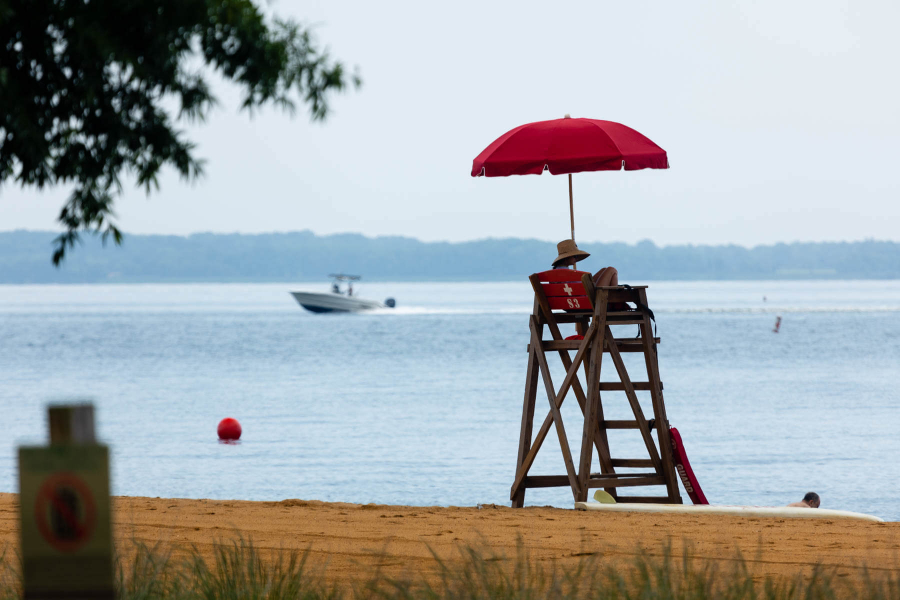EPA sets expectations for states, D.C. in third phase of Bay pollution diet
The Environmental Protection Agency provides its expectations for jurisdictions to reduce pollutants to the Bay and its streams

The Environmental Protection Agency provides its expectations for jurisdictions to reduce pollutants to the Bay and its streams

Comments
There are no comments.
Thank you!
Your comment has been received. Before it can be published, the comment will be reviewed by our team to ensure it adheres with our rules of engagement.
Back to recent stories